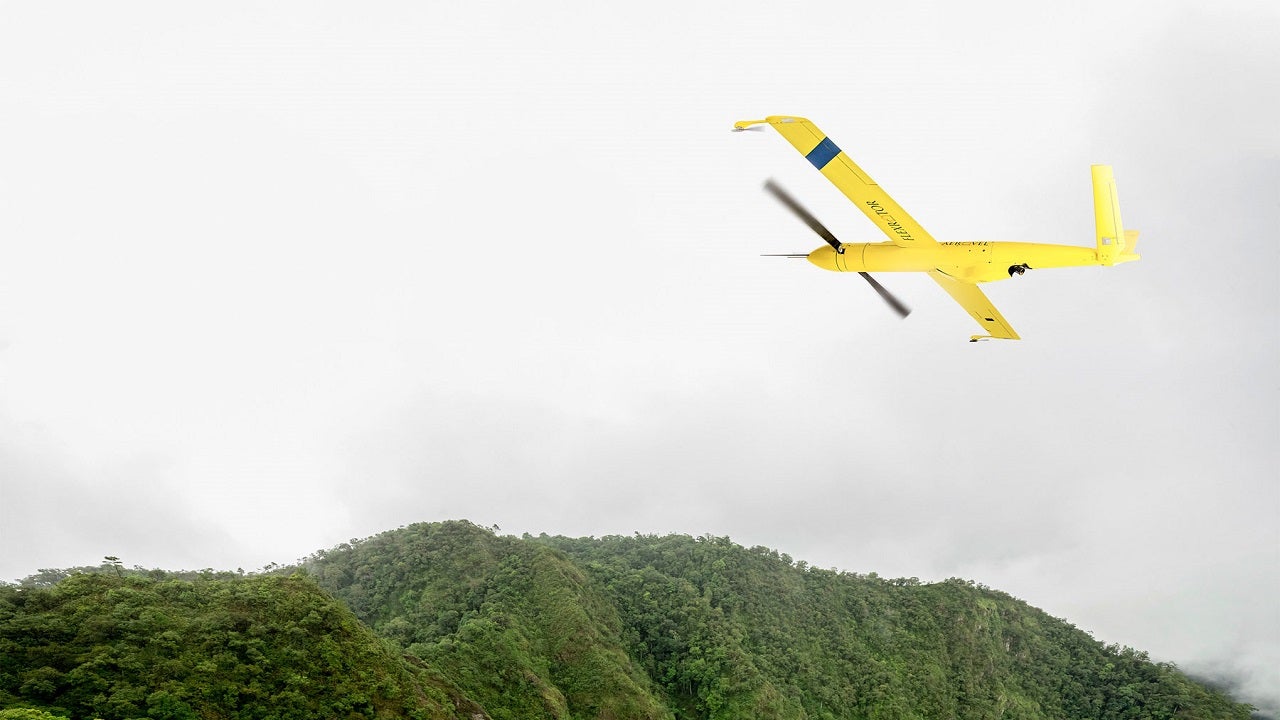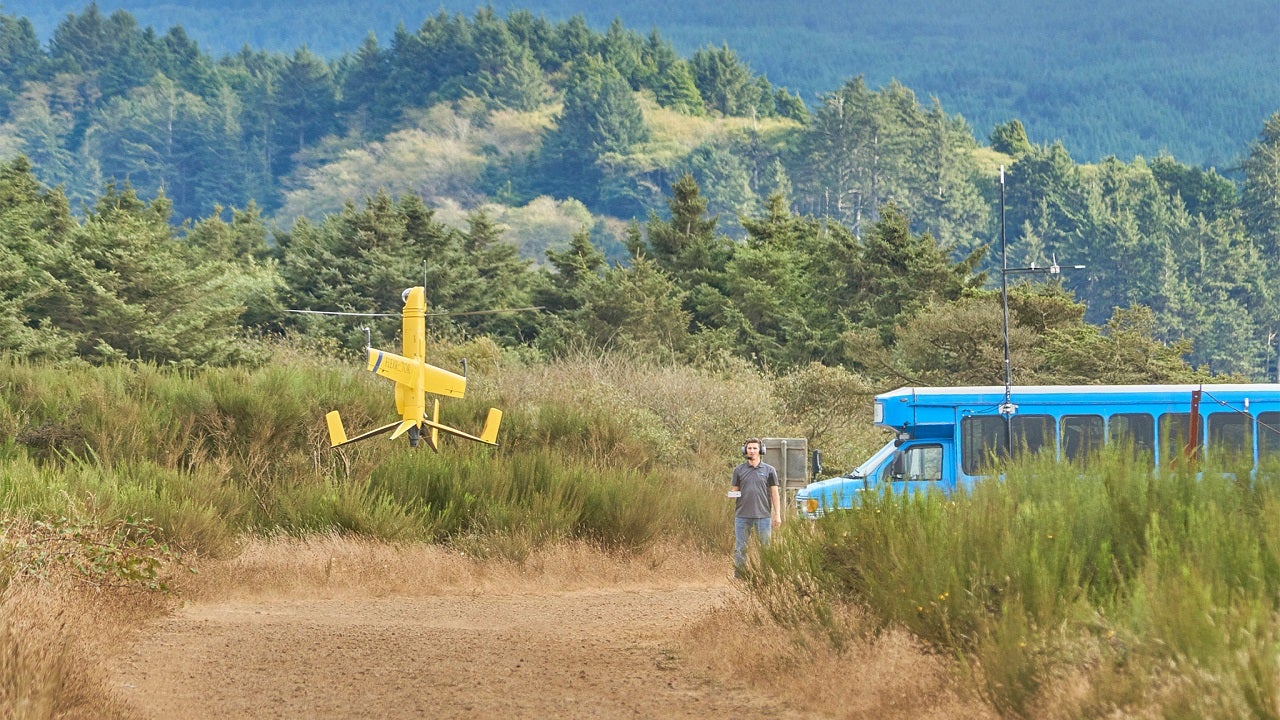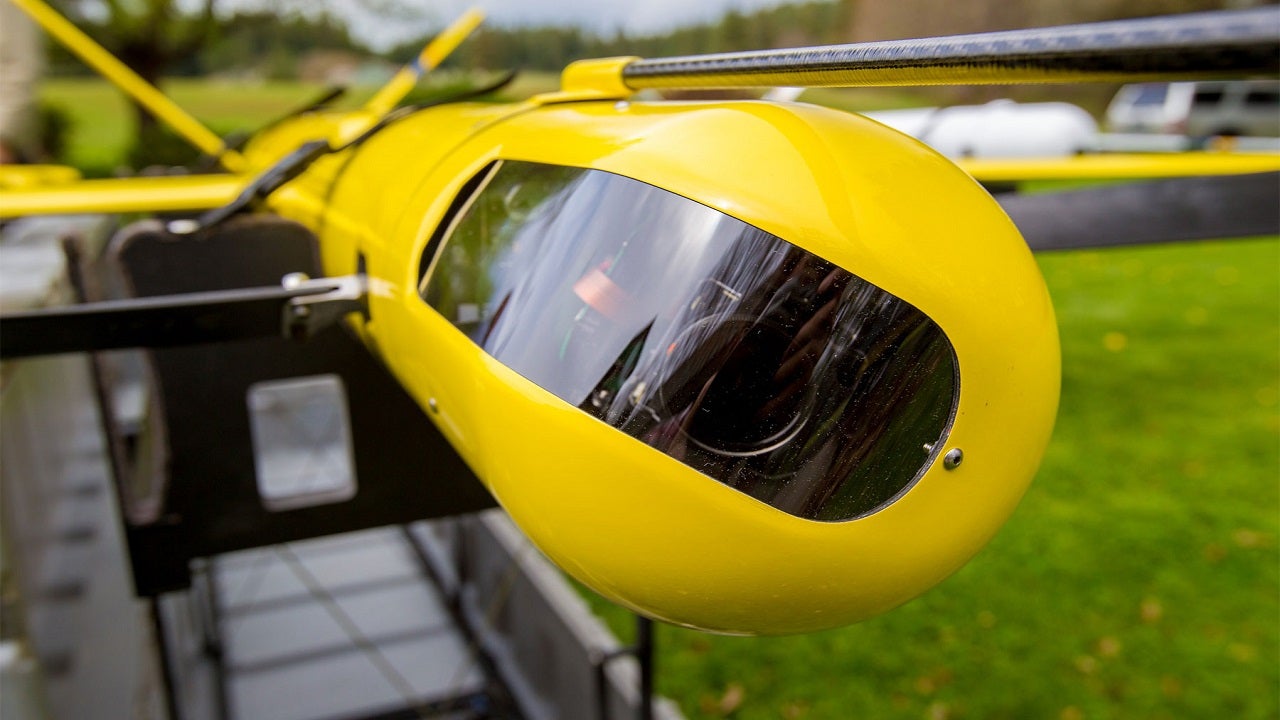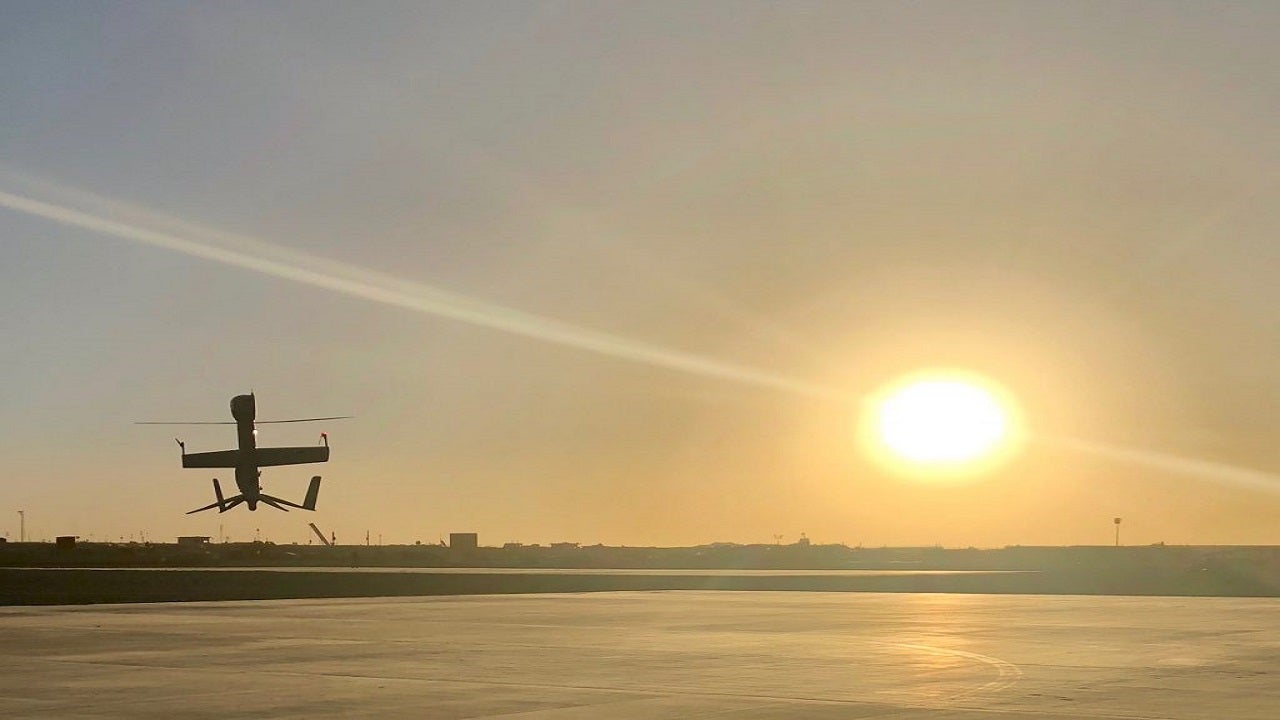Flexrotor is an advanced Group 2-sized small tactical unmanned aerial system (STUAS) with vertical take-off and landing (VTOL) capability. It is being offered by Aerovel to the US and allied forces.
Designed according to demanding reliability requirements of the US Department of Defense (DOD), the Flexrotor unmanned aerial vehicle can be used for a range of intelligence, surveillance, target acquisition and reconnaissance (ISTAR) missions both on land and at sea.
The unmanned aircraft is also suitable for civil applications such as weather reconnaissance, geological survey, environmental monitoring, fishery surveillance, and offshore patrol. It offers a combination of small size, large payload/range, economy, autonomy, and basing flexibility.
Flexrotor STUAS development details
The flight test of the first prototype, Pandora, began in September 2010. It was later transitioned between hover and wing-borne cruise, allowing it to combine VTOL with a range of 3,000km and endurance of more than 1.5 days in August 2011.
In November 2014, Aerovel received approval from the US Government to export Flexrotor to global civil operators without any restrictions under International Traffic in Arms Regulations (ITAR). The company secured a launch order for Flexrotor from Precision Integrated Programs of Newberg, Oregon in January 2015.
In October 2018, Aerovel partnered with AeroVironment to offer Flexrotor small tactical UAS for the US Army Family of Tactical UAS (FTUAS) programme.
In January 2021, the company conducted demonstrations for USSOCOM (United States Special Operations Command) missions with over 150 cycles on the latest variant of Flexrotor.
Suitable for both maritime and land based operations, the unmanned aircraft accumulated 100 cycles over several months in Afghanistan and demonstrated its ability to perform various shipboard operations including law enforcement, commercial fish-spotting in the tropical Pacific, and ice navigation in the Arctic.
In March 2021, Aerovel raised $2.5m in Series B funding round from undisclosed lenders in aviation to support growth, increase production capacity and employ more engineers for its Flexrotor UAS project.
Design and features of Flexrotor STUAS
The Flexrotor unmanned system has an overall length of 2.1m, height of 1.7m, wingspan of 3m, and an empty weight of 14kg. It has two puller rotors with a rotor diameter of 1.85m.
The complete aircraft can be assembled in 10 minutes by a maximum of two crew members while the setup time required for the base-equipment is nearly 15 minutes.
Fitted with folding legs, the STUAS requires nominal support equipment and can be operated from confined spaces on land.
The VTOL unmanned aerial vehicle can be easily deployed from its assembly box and can be operated from a small helideck. It requires data links, antennas and an operator station for maritime operations.
Payloads
The long-endurance VTOL aircraft is equipped with Hood Technology’s Alticam steerable, zoomable imaging turret in its nose to perform search and target tracking as well as a survey while recording HD imagery onboard for post-flight review.
The turret integrates daylight or infrared camera for day and night imaging and data-gathering. Payload options for Flexrotor include meteorological sounding, atmospheric boundary-layer flux measurement, geomagnetic, radar and multispectral imaging, and communications relay.
The unmanned aircraft is capable of transmitting NTSC/PAL-quality video to operator’s station over a range of 100km. The imagery and video can be sent to nearby users such as firefighter on-scene and can be viewed on an iPhone.
Performance of Flexrotor STUAS
Flexrotor is powered by a two-stroke 28cc engine. With a maximum launch weight of 23.5kg, the aircraft can hold up to 4.2kg of fuel.
The wing-borne and thrust-borne flight speeds of the aircraft are 180km/h and 45km/h respectively. It has a loiter speed of 80km/h and a service ceiling of 7km.
The unmanned aircraft offers a maximum endurance of 33 hours with 1.5kg payload by using external fuel.
Contractors involved
In January 2019, Silvus Technologies was selected for supplying the wireless data-link for the Flexrotor unmanned aircraft system.
Hood Technology provided the Hood Tech stabilized imaging system for the unmanned aircraft.











